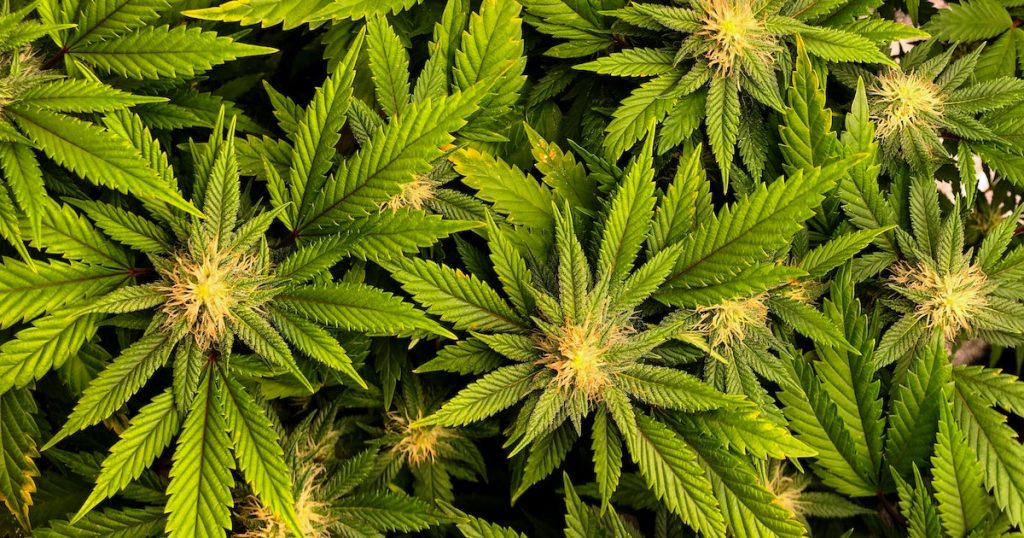
In US law, only Sativa was banned
Because the US and other legislations have made specific reference to Cannabis Sativa L. as a proscribed plant, many cannabis cultivators have turned to the use of Cannabis Indica and Cannabis Ruderalis as non-proscribed cannabis species to beat the law. This has resulted in the courts having to dismiss many cases against defendants because of this technicality. R.
E. Schultes of Harvard University began testifying in cases in 1972 to show that cannabis could be found in three distinctive species types. A number of respectable botanists including William A. Embolden, also testified in court as to the distinct separate species of cannabis.
There are 3 separate types of cannabis
In 1975, Ernest Small, while working for the “Canadian Government Commission of Inquiry into the Non-Medical Use of Drugs” was asked to combat this problem by linking Cannabis Indica and Cannabis Ruderalis as just variations of Cannabis Sativa L. and not as separate species. The debate still continues today although it is generally recognized by most cannabis researchers and growers that there are indeed three very distinct species of cannabis.
Carolus Linnaeus recognized only one type of cannabis
Carl von Linné (1707 – 78) or Carolus Linnaeus (Latinized version) was a Swedish botanist and founder of modern systematic botany and zoology. He devised a classification system for flowering plants based on stamen type and a number of pistils and became the authority to whom collectors all over the world sent specimens. He described over 7,000 plants, introducing binomial Latin names, although his classification was later superseded by that of Antoine Jussieu. He set out his system in Systema Naturae (1735) and other works which are internationally recognized as the starting points for botanical nomenclature respectively. In 1753 he recognized only one species of Cannabis—Cannabis Sativa L.
Jean-Baptiste de Lamarck was the first to discover the cannabis Indica variety
French naturalist Jean-Baptiste de Lamarck (1744 – 1829) was an early proponent of organic evolution. Darwin would later draw much from his work. In 1783, Lamarck discovered Cannabis Indica by way of samples that had been sent from India to him by a man named Sonnerat. He published his findings on Cannabis Indica in 1785.
Russian botanist Janischewsky was the first to discover the sort of Ruderalis
In 1924 the Russian botanist Janischevsky discovered a new species of cannabis growing in Southeastern Russia that he called Cannabis ruderalis.
The discovery of new varieties of Cannabis contradicted the theory of single-grade cannabis
The discoveries of Lamarck and Janischevsky contradicted Linnaeus’s accepted view that cannabis was a monotypic genus
—that genus being Cannabis Sativa L. However Linnaeus had not observed Cannabis Indica nor had he observed Cannabis Ruderalis.
An interesting discovery by botanist Nikolai Vavilov
In 1929 Russian botanist Nicolai Vavilov visited northern Afghanistan and discovered the locals cultivating Cannabis Sativa for hashish production. However, east towards the Pakistan border, Vavilov discovered Cannabis Indica in two very unique strain types which appeared to be growing wild. He named the strains Cannabis Indica Afghanica and Cannabis Indica Kafiristanica. Vavilov had discovered Cannabis Indica that was not being used for hashish production and so had found a true wild species of Cannabis Indica. It wasn’t until much later that Afghanistan began to process this species into a cultivar for hashish extraction. The important point is that Vavilov had found wild Cannabis Indica in 1929 and that the plant did not exhibit any traits of being a cultivar.